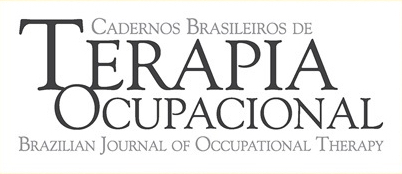Profile of occupational therapy practice in high-risk obstetric wards and rooming-in units
DOI:
https://doi.org/10.1590/2526-8910.cto412640501%20Keywords:
Rooming-in Care, Hospitalization, Parenting, Neonatology, Women's Health, Occupational TherapyAbstract
Introduction: Pregnancy, childbirth, and the postpartum period are phases of significant changes for both the woman and the neonate. The occupational therapist is involved with a contextualized approach to routines and occupations. Objective: To characterize the occupational therapy practice in the High-Risk Obstetric Ward and Rooming-In. Method: A descriptive, documentary-type, quantitative study conducted using occupational therapy service records in the patient chart system in 2023. Data collection used an original instrument, and analysis was performed with Microsoft Excel, SPSS, and GraphPad Prism software, utilizing the Chi-square and Fisher's Exact tests. Results: A total of 308 services were evaluated. Of the records, 30 (17.5%) were during the pregnancy period, 98 (57.3%) during the postpartum period, 8 (4.7%) during both pregnancy and postpartum, 2 (1.2%) during pregnancy, postpartum, and newborn care, and 33 (19.3%) during postpartum and newborn care. Of the 375 interventions, the most frequent among pregnant women was related to health management occupation (39.2%), while in the postpartum group, it was breastfeeding (33%), and for newborns, it was rest and sleep (60%). Postpartum women showed a greater need for intervention in instrumental activities of daily living (IADL), while pregnant women required support in leisure and social participation occupations. Conclusion: Among various interventions, occupational therapy provides maternal-infant support, facilitating occupational performance and health care.
Downloads
Published
How to Cite
Issue
Section
License
Copyright (c) 2025 The Authors

This work is licensed under a Creative Commons Attribution 4.0 International License.


